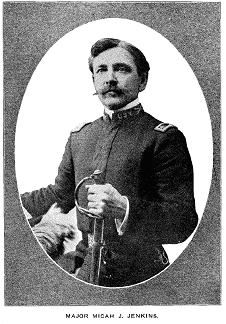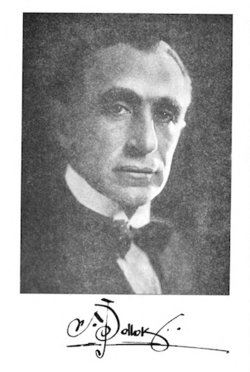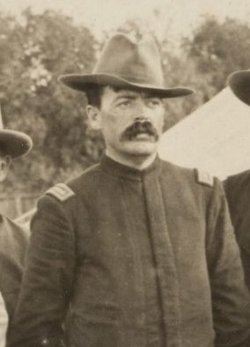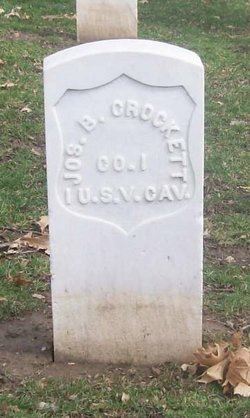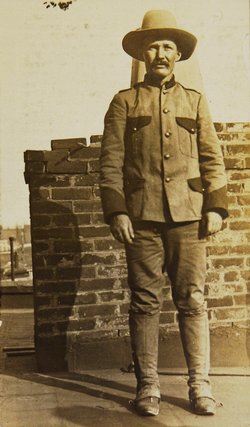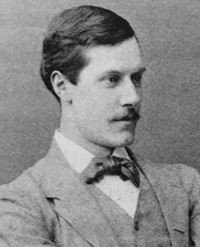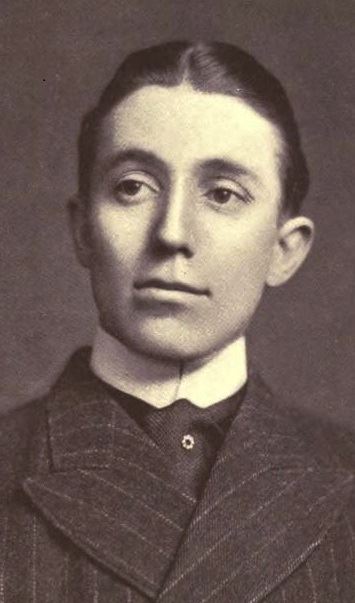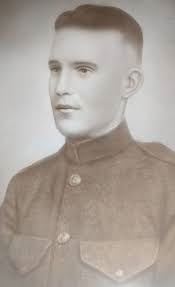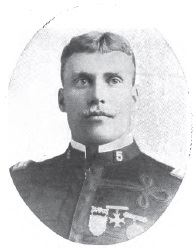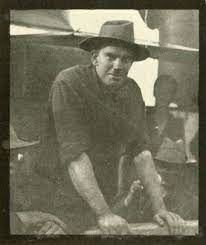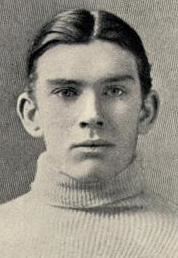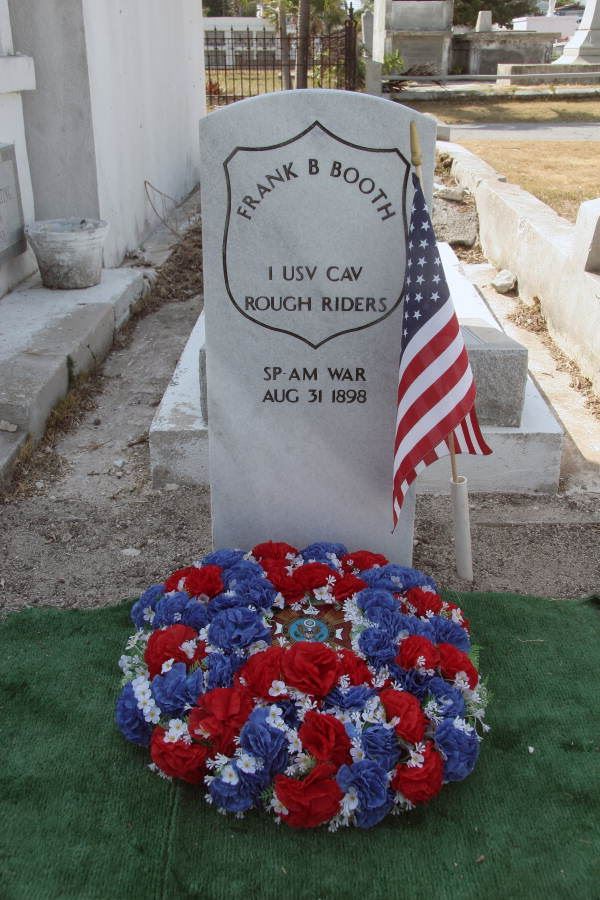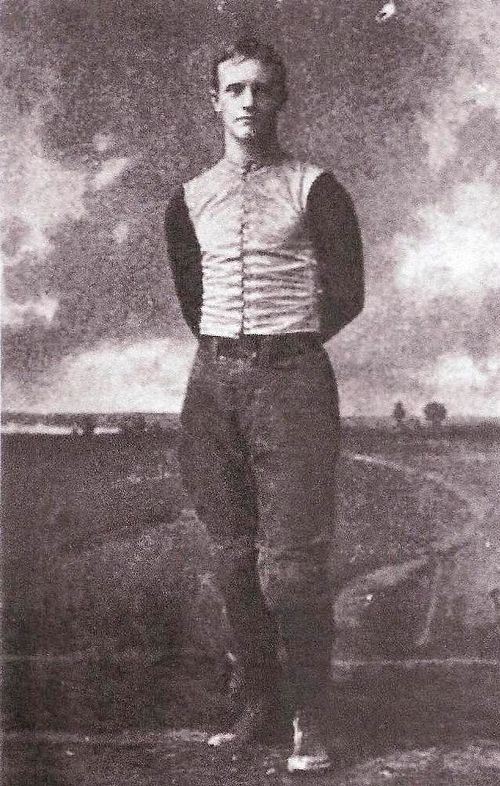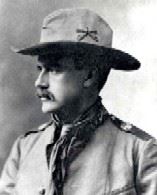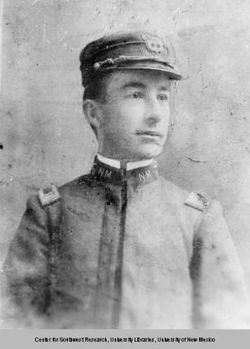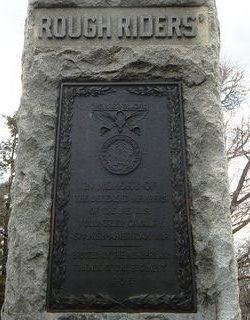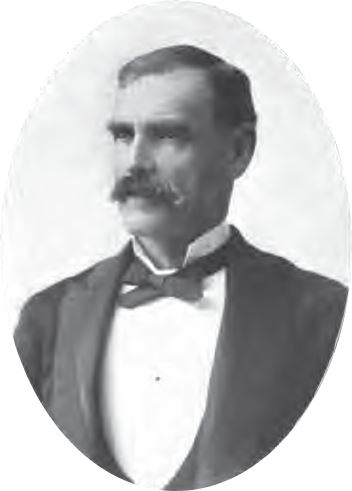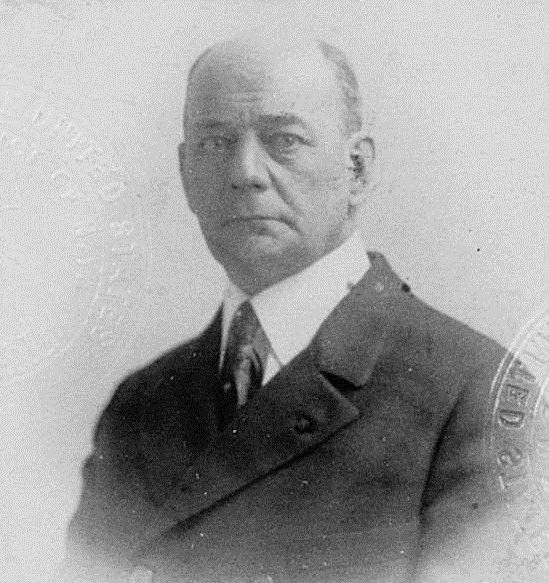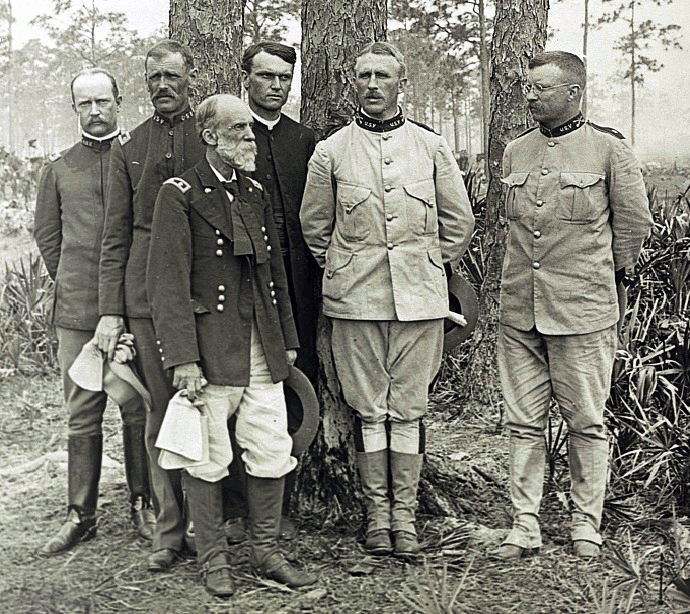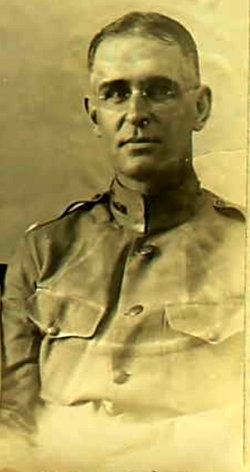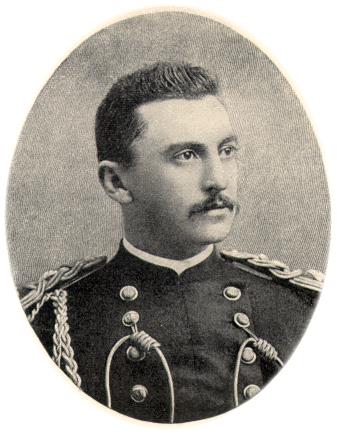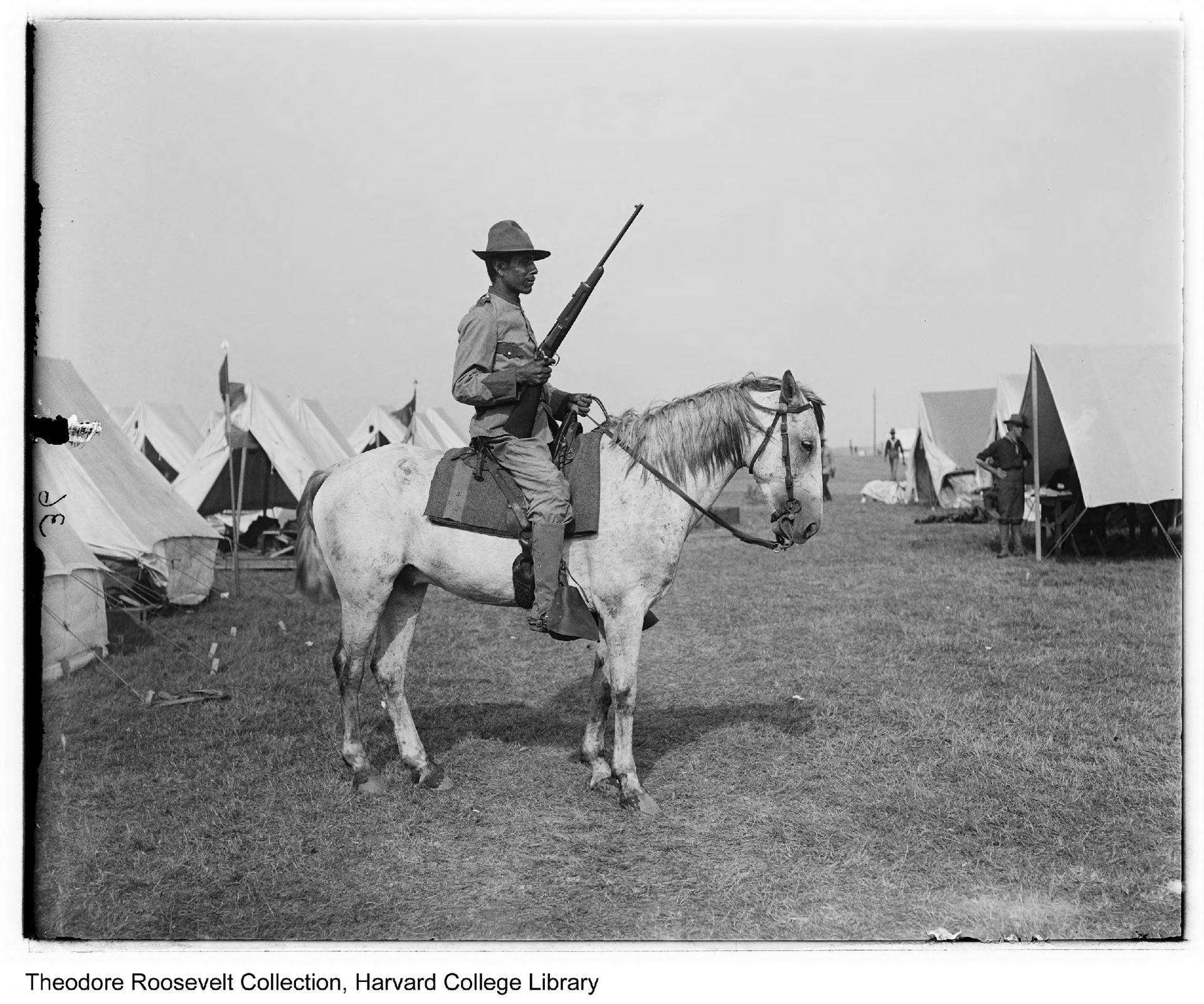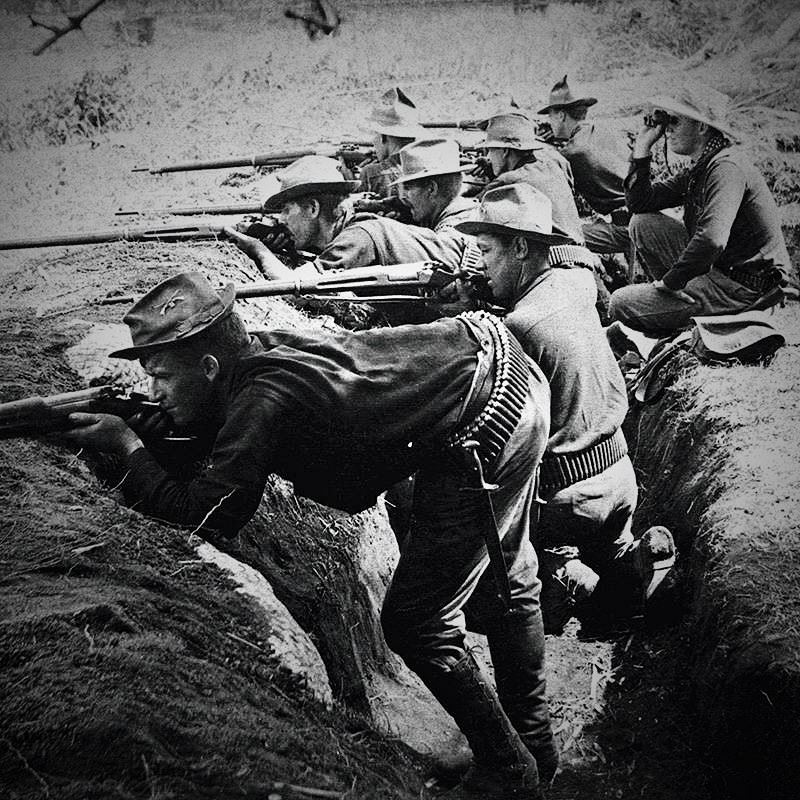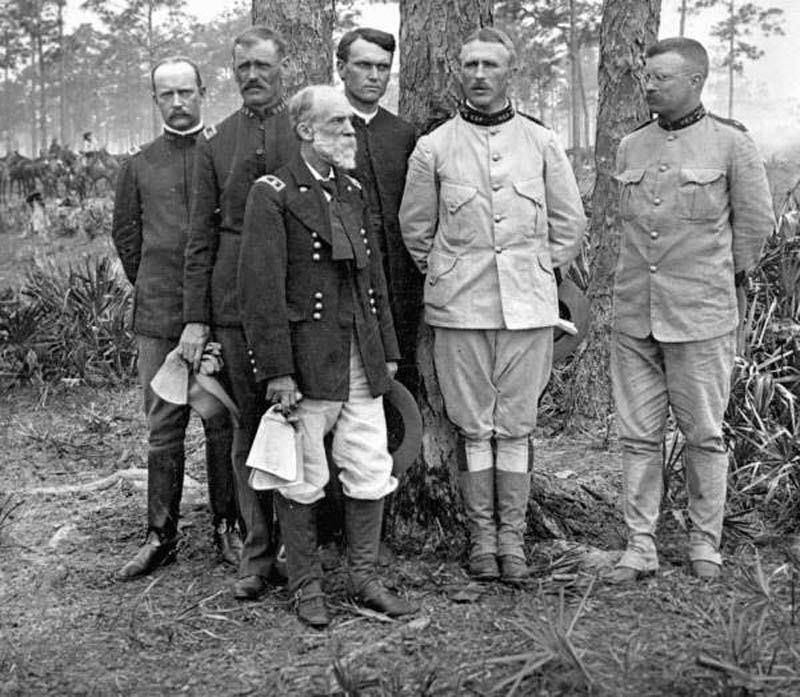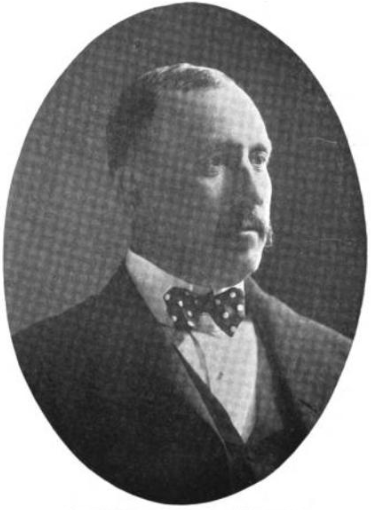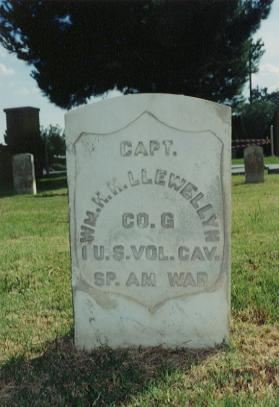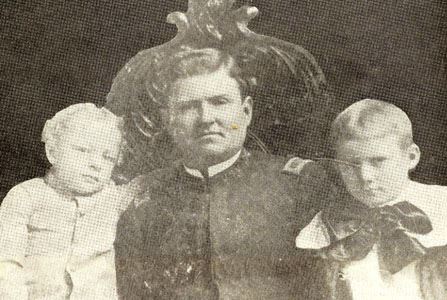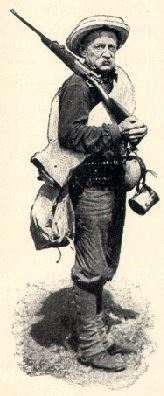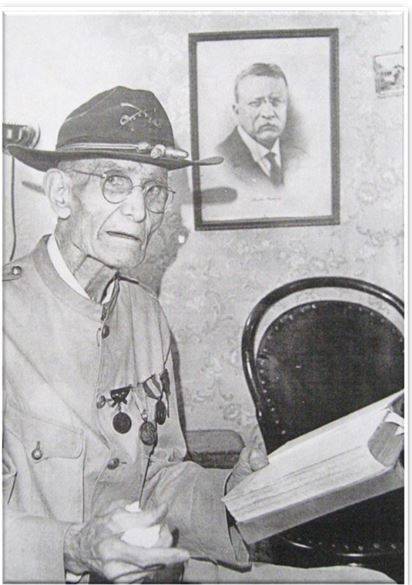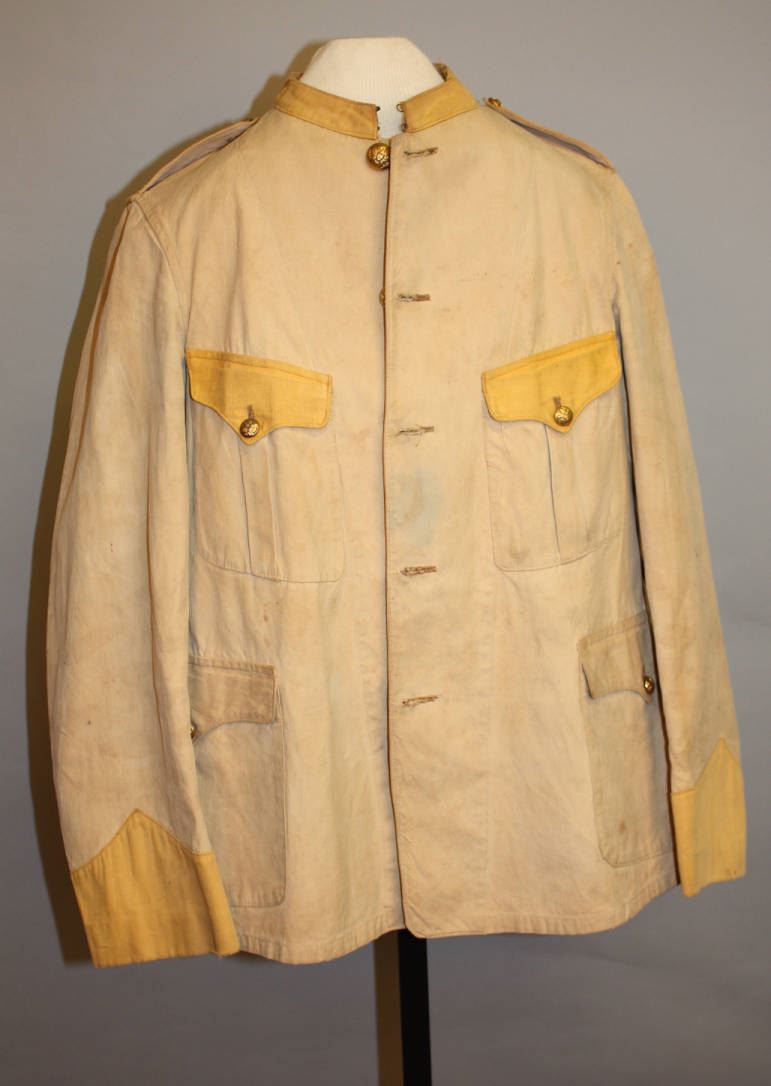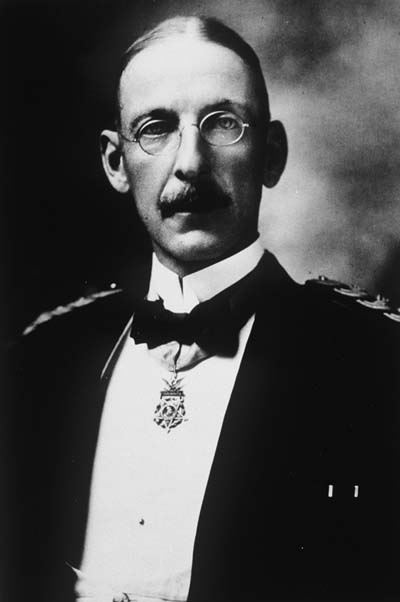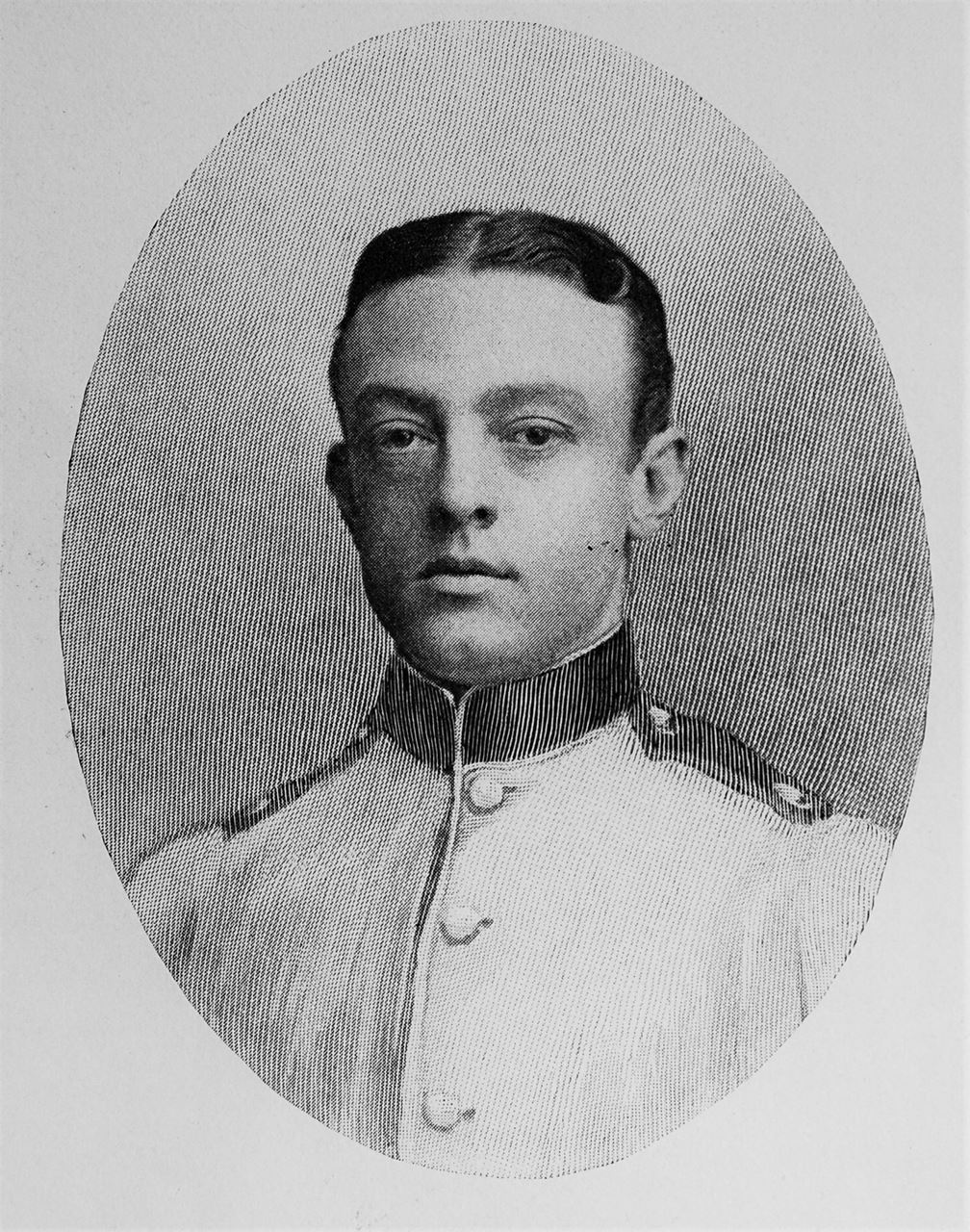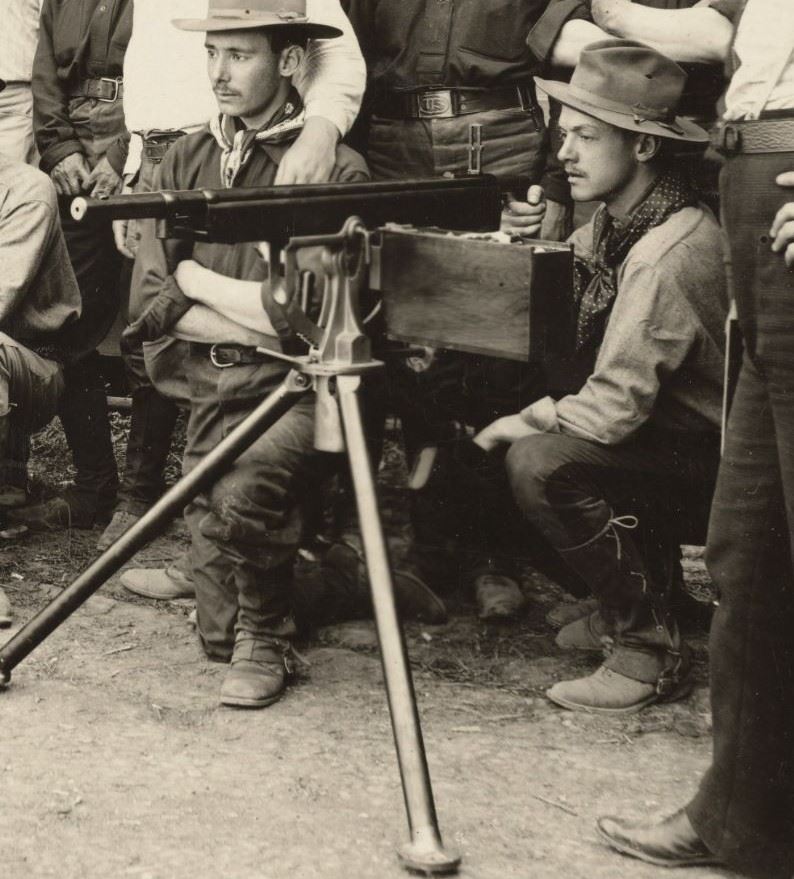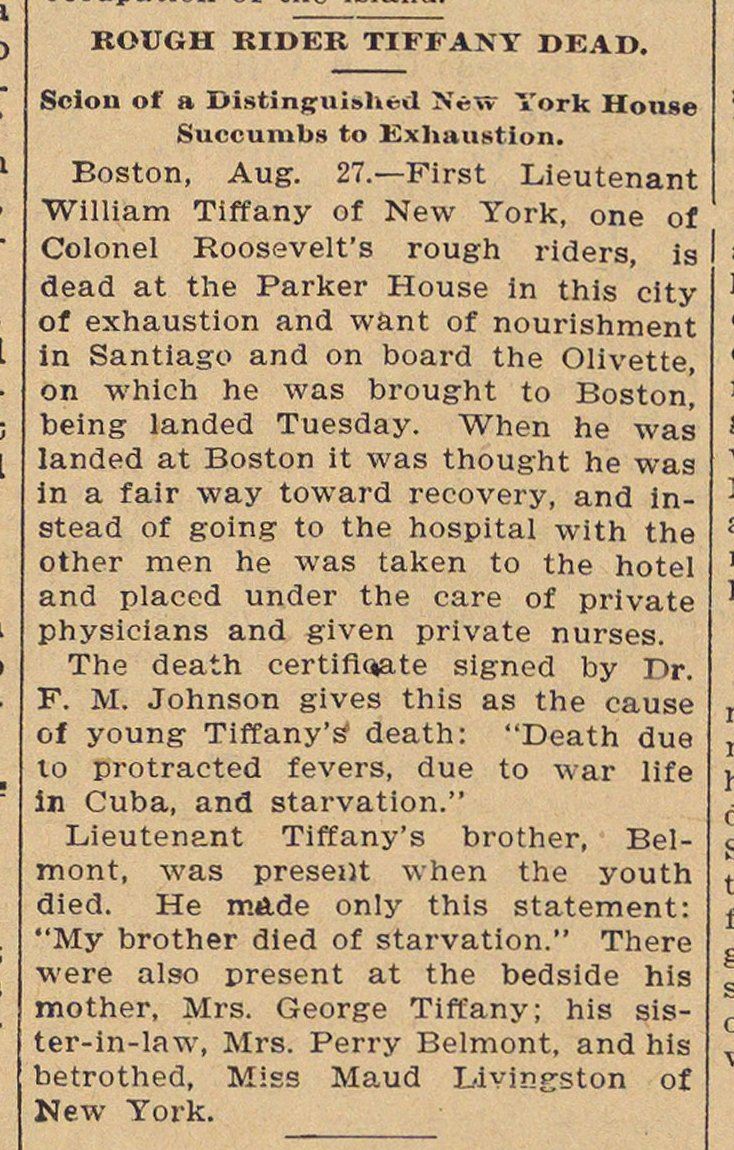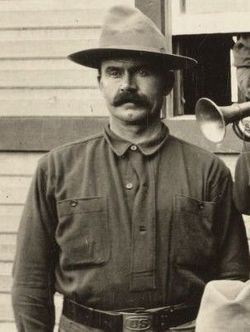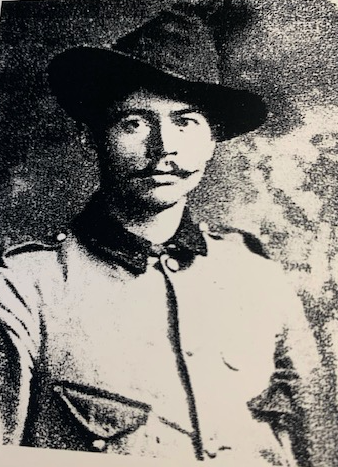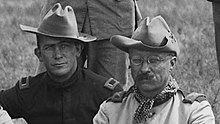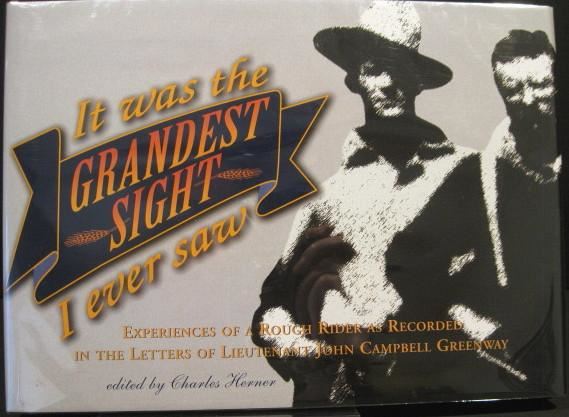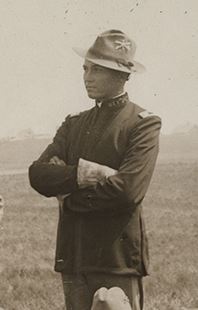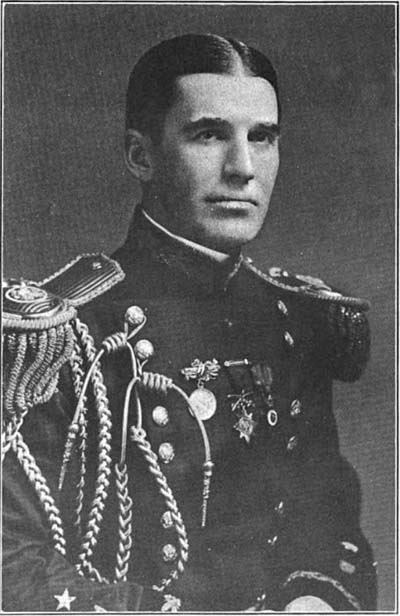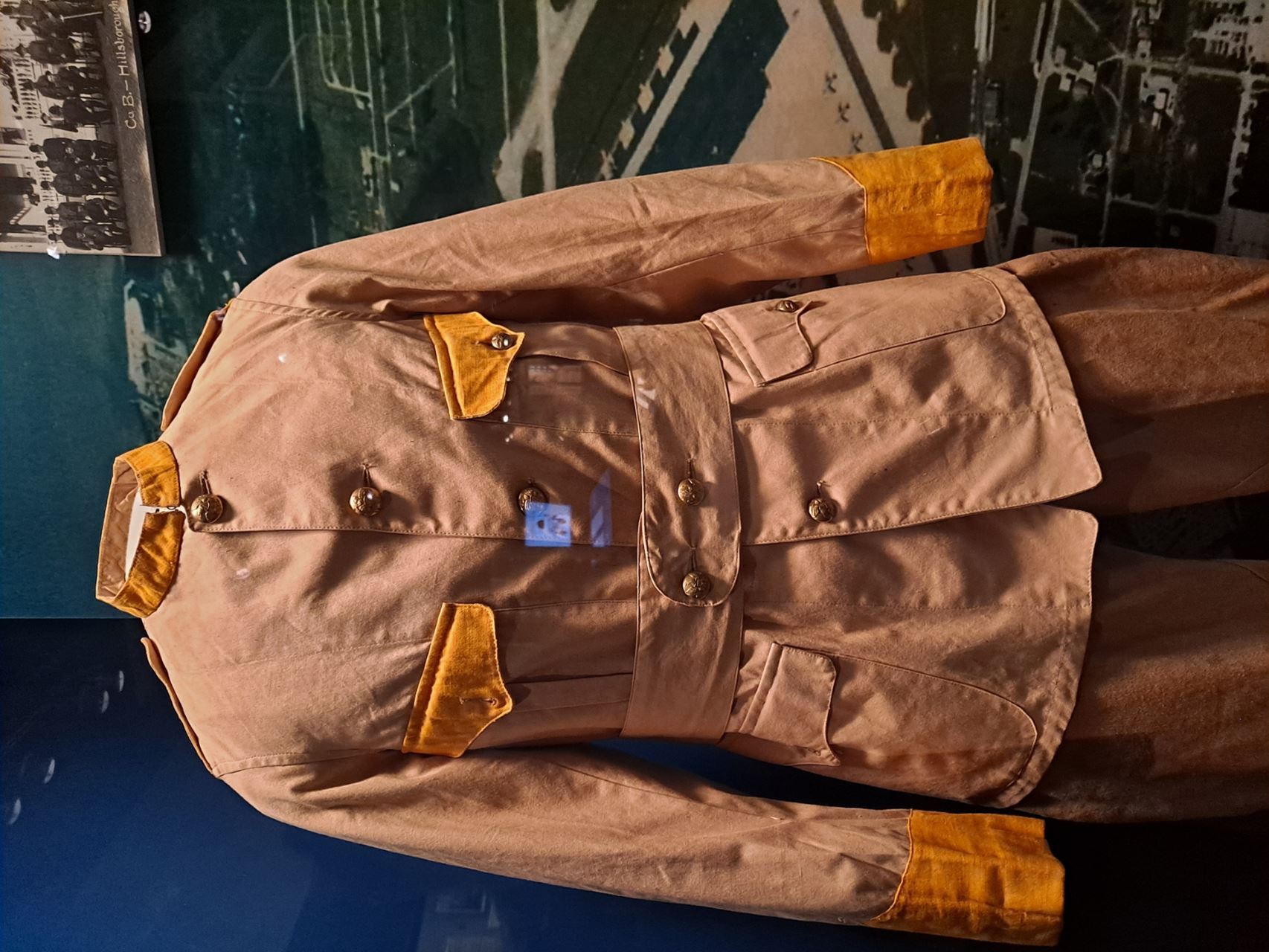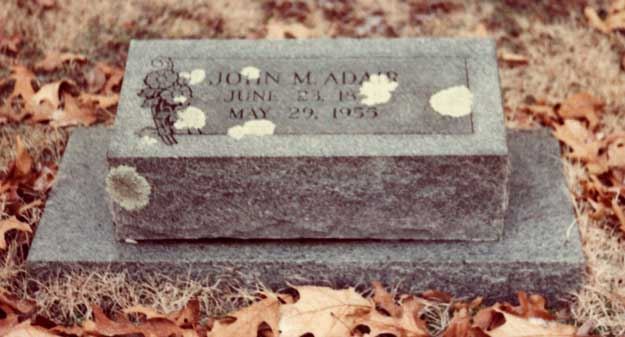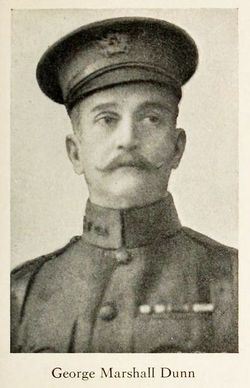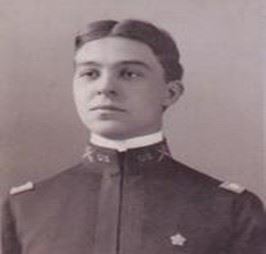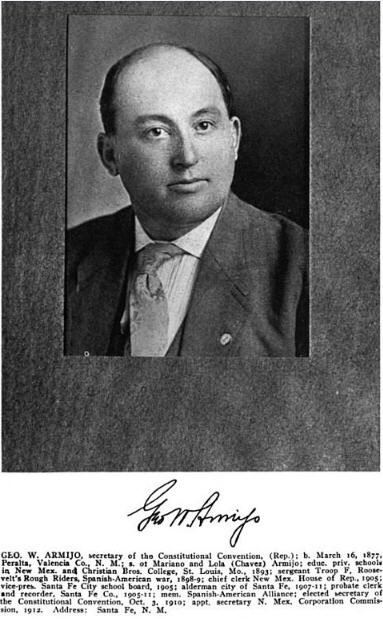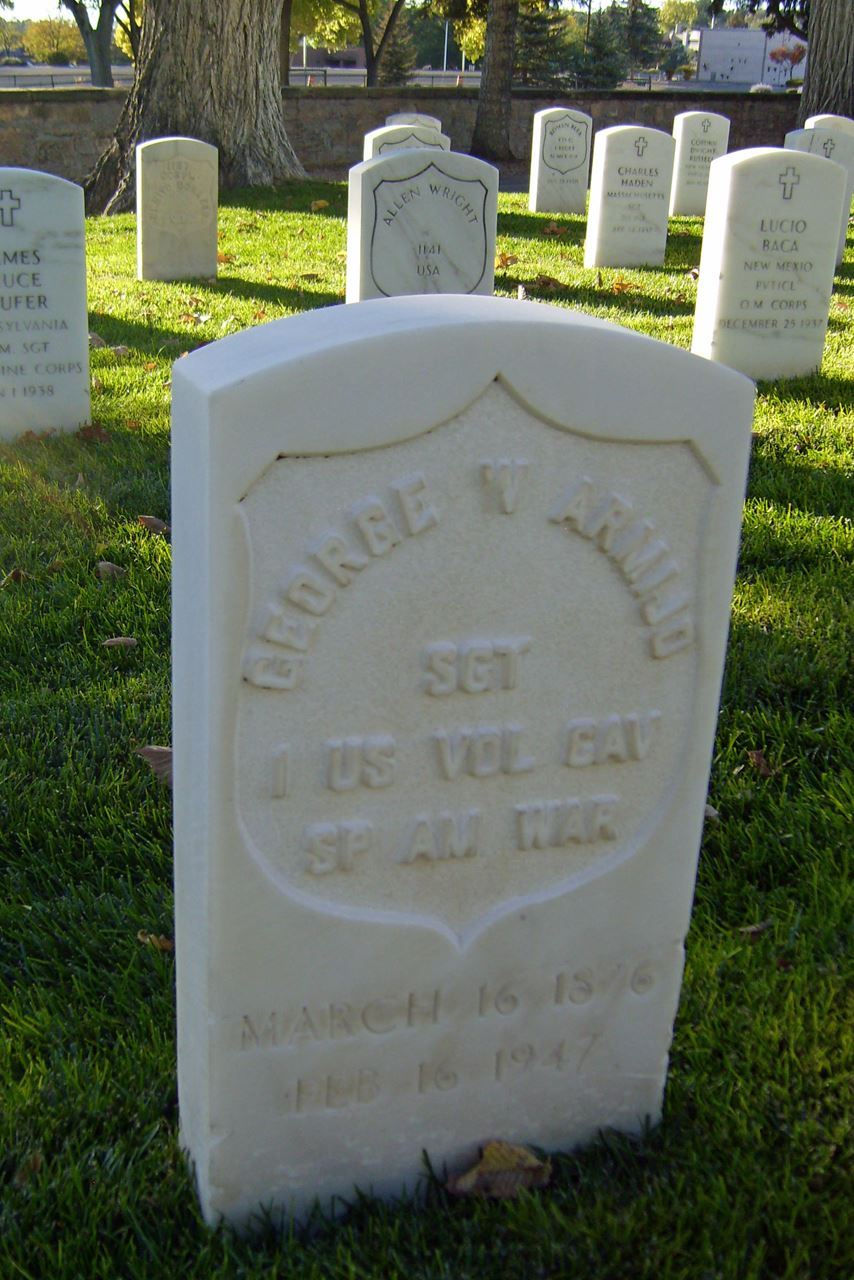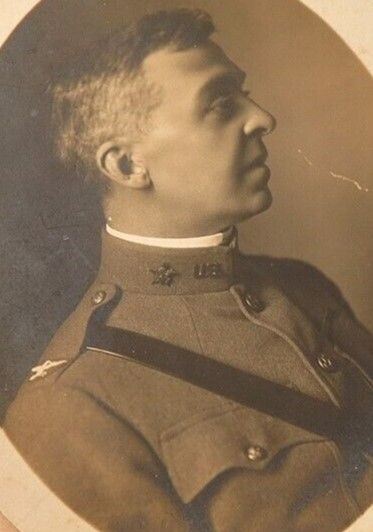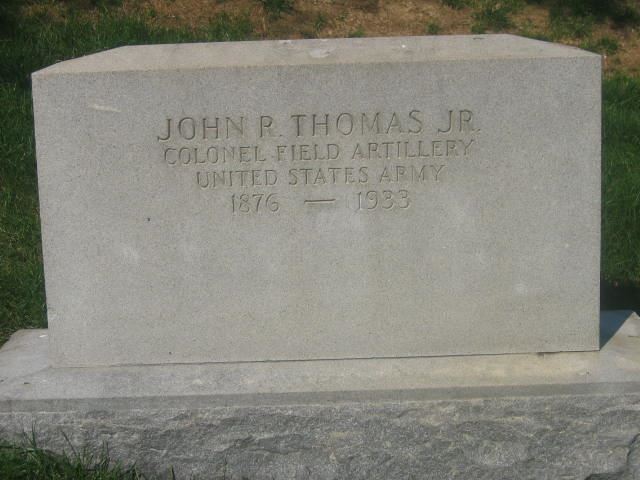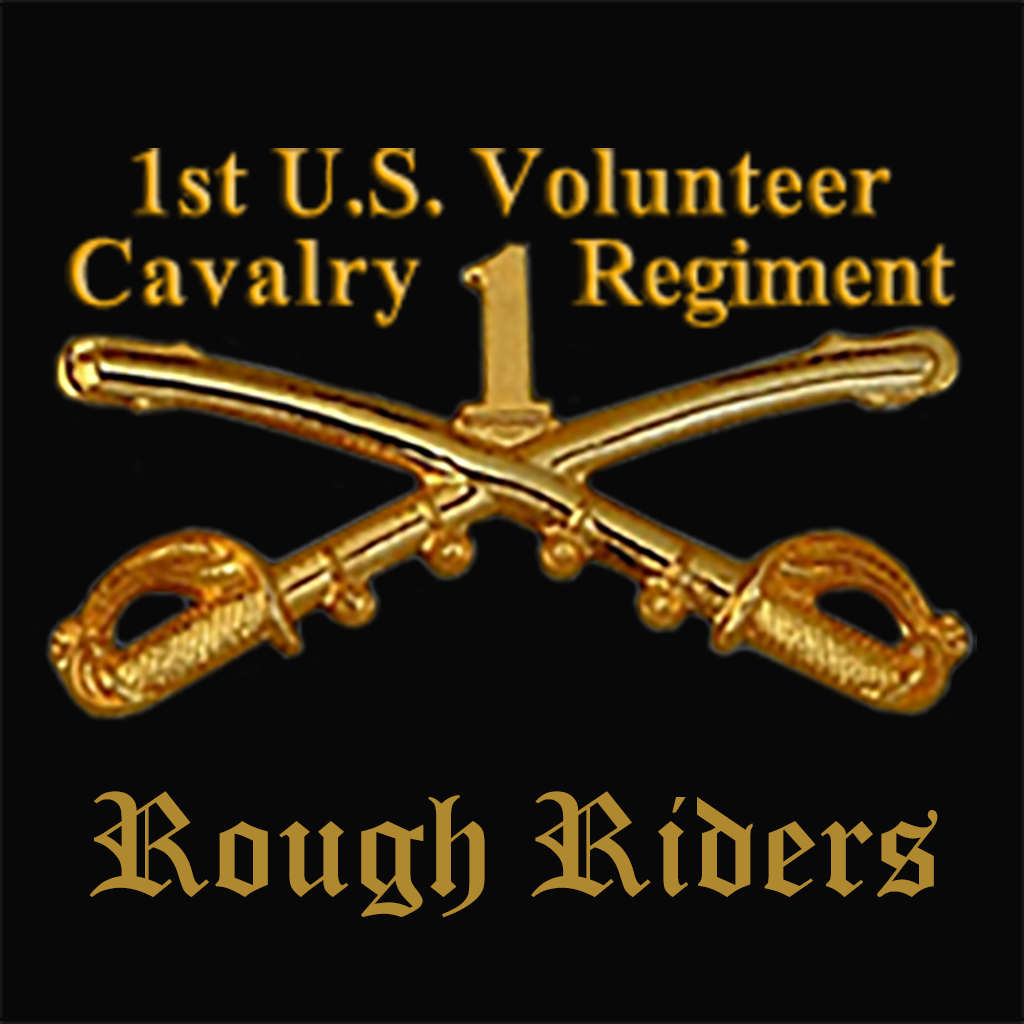
Original Rough Riders (there were over 1200 original Rough Riders...we periodically add info here as it is located or provided to us) |
Private John Gano Winter | Arthur LeRoy Tuttle |
John Gano Winter was born 7 Sep 1875 to Colonel John Gano Winter (CSA) and Ellen Lewis Jordan Winter. He enlisted in the 1st USV Cavalry in May 1898 in San Antonio, TX. He was an expert horseman and was assigned to Troop F as a Private under Captain Luna. During the battle at Las Guasimas he fought alongside Trooper William Erwin (also of San Antonio) when Erwin was killed. Winter later recounted this incident to his father and remarked “I knew at last the meaning of the phrase ‘The Art of War’”. During the Battle for San Juan Hill on July 1st he suffered gunshot wounds in the shoulder, arm, and leg. He was awarded the Purple Heart. Winter also fell ill during the campaign. After the Spanish American War ended he was discharged when the Regiment was disbanded. He rejoined the Army and served in the Cavalry in WWI. He eventually retired as a Lieutenant Colonel. Lieutenant Colonel Winter died 1 Jul 1954 and is buried in Arlington National Cemetery in Sec 10, Site 10548 WH. |
| Private Arthur LeRoy Tuttle of Troop A was from Safford, Arizona. He enlisted May 2nd, Whipple Barracks, in Prescott, Arizona. He was described as single, fair complexion, dark-blue eyes, light-brown hair, 5’10-3/4 and was a cowboy. He was listed as 21 years old but he lied about his age. He was born 7 Feb 1880, Safford, Graham County, Arizona, USA Tuttle died 9 Jul 1969 (aged 89), Salinas, Monterey County, California. |
Major Micah John Jenkins | Private Albin Jay Pollak |
Micah John Jenkins was born July 3, 1857, and graduated from West Point in 1879. | He served in the Spanish–American War, as Captain of Troop K, 1st United States Volunteer Cavalry Regiment, the "Rough Riders." He fought with the Regiment in Cuba and was present during the attack on San Juan Hill. He was promoted to Major of the Regiment on August 11, 1898; and was mustered out of service with the Regiment at Montauk Point, Long Island, New York in September 1898. He died in Charleston, South Carolina on Oct. 17, 1912.\ and is buried in Saint Paul's Episcopal Church Cemetery, Yonges Island, Charleston County, South Carolina. |
| Albin Jay Pollak was considered one of the last living RR. Born 19 Aug 1876 in New York City, Albin Jay Pollock, 92, was believed to be one of the last survivors of the famed Rough Riders in the Spanish American War when he passed away December 23rd, 1967. Pollock, a practicing geologist for 40 years, lived in San Francisco most of his life. He was buried with military honors tomorrow at the Veterans Home of California. During the Spanish American War, Private Pollock was assigned to K Troop and was reported as being sick in the line of duty. |
|
|
Dudley Stuart Dean | 2nd Lieutenant John McIlhenny |
| Dudley Stuart Dean (April 19, 1871 – September 25, 1950) was an All-American football quarterback for Harvard University. He played quarterback for Harvard from 1888-1890 and was selected as an All-American in 1890. Dean also fought with the Rough Riders at the Battle of San Juan Hill during the Spanish–American War. For more information about his involvement at San Juan Hill read this link: Dudley_Dean. |
John Avery McIlhenny (1867–1942) was an American businessman, soldier, politician and civil servant. He was the son of Tabasco brand pepper sauce inventor Edmund McIlhenny and after his father's death in 1890, he oversaw the business operations with his mother. | With the outbreak of the Spanish-American War, he joined the 1st US Volunteer Cavalry of the United States Army, the celebrated Rough Riders on May 19, 1898. Participating in the battles of Las Guasimas and San Juan Hill, Cuba, he was claimed to have saved Theodore Roosevelt from sniper's bullet. Promoted 2nd Lieutenant, of Troop E, by Roosevelt for gallantry in action, he was discharged on September 15, 1898. He and Theodore Roosevelt became life long friends. He entered politics, serving in the Louisiana House of Representatives, 1900-1904 and the State Senate, 1904-1906. On November 30, 1906, President Theodore Roosevelt, appointed him U.S. Civil Service Commissioner. He retained post under Taft and Wilson, was appointed president of U.S. Civil Service Commission, on June 12, 1913 and appointed financial advisor to Haiti during U.S. occupation on January 27, 1919. He resigned from public office on October 11, 1922 and retired in Washington, D.C. |
